Types of Customer Service in 2025

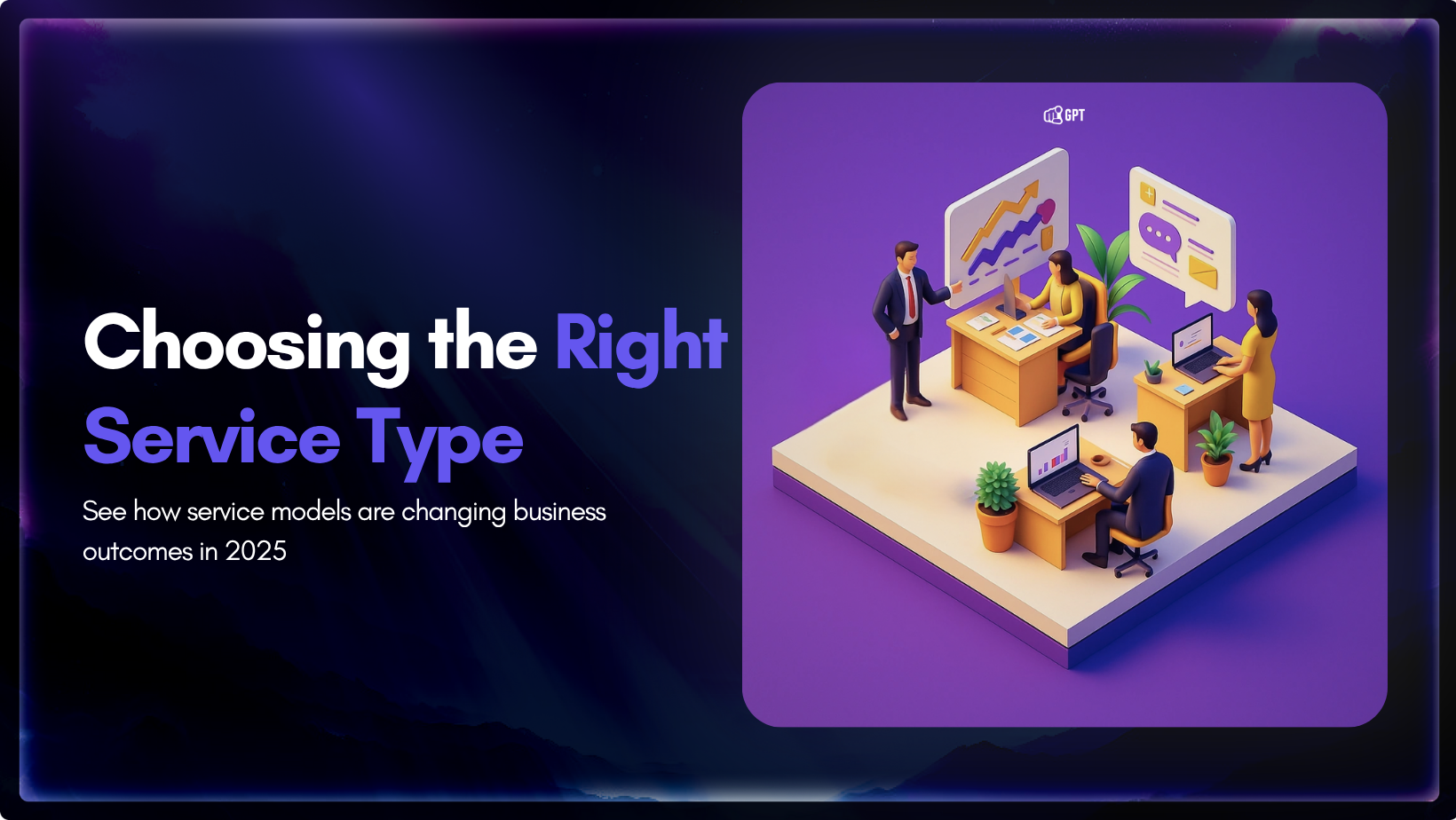
The difference between a loyal customer and a lost one often comes down to a single interaction. In 2025, great customer service is not just a support function. It is a strategic advantage that shapes every stage of your relationship with customers.
Today’s customers want more than fast replies. They want to feel understood, respected, and valued, whether reaching out through a chatbot or connecting with a person on the phone.
Businesses that recognise this are not only meeting expectations but setting new standards for customer care.
The leading brands are rethinking customer service, as this blog shows. You will discover useful examples and clear strategies to help your company increase customer loyalty, foster trust, and maintain an advantage in a market that is changing quickly.
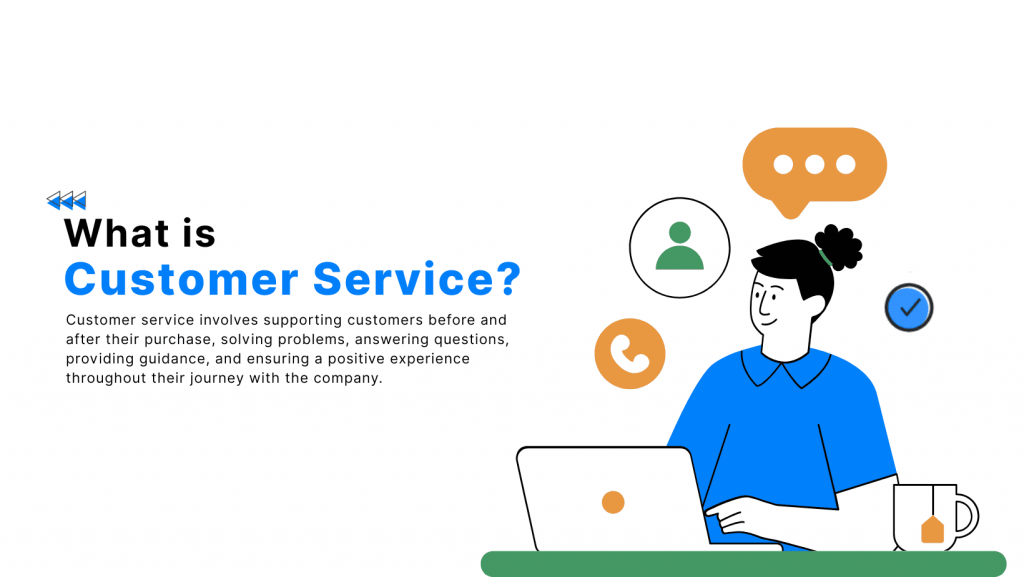
Customer service means helping people before, during, and after they use your product. It is not just about giving answers. It is about making sure customers feel supported at every step.
Apple did not always have a strong reputation for customer service. In the late 1990s, many customers were unhappy with long wait times, unhelpful support, and slow repairs. This frustration hurt their brand.
Everything changed when Apple launched the Apple Store and the Genius Bar. Suddenly, customers could walk in and talk directly to trained experts. Problems were fixed quickly, often on the same day. Staff listened to concerns and worked to give clear, practical solutions. People saw the difference. Apple’s reputation improved, and customers started recommending the brand to friends and family.
This shift is a lesson. Customer service is not about having a helpdesk. It is about building trust through simple actions and listening to what customers really need.
In any business, every interaction matters. Support teams, sales staff, even product designers—all shape the customer’s experience. Good service starts with respect and ends with a solution that works for the customer.
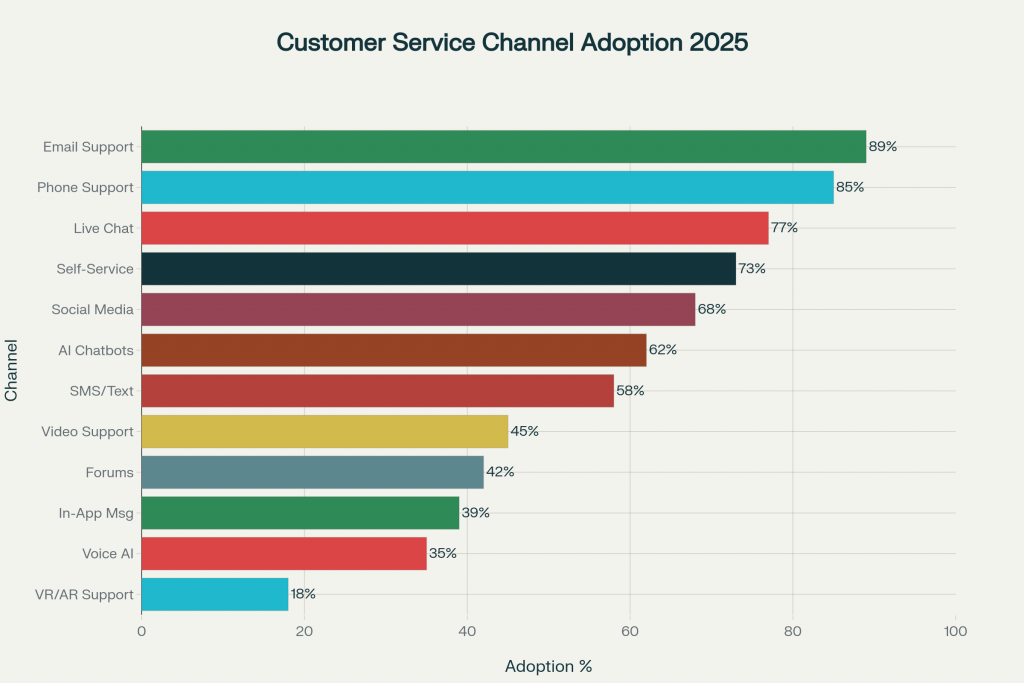
Customer service is no longer just a phone call or you have to visit the contact center. In the past, getting help meant waiting on hold or in queue, often hoping for a quick fix. Then, email and live chat made things even better by letting people get answers in writing or in real time from a website.
Customers today have a clear expectation: they want to connect with you on social media, messaging apps, and other platforms where they already spend time. Regardless of the channel they use, they also anticipate prompt and reliable responses.
As Tony Hsieh, the late CEO of Zappos, once put it,
Customer service should not be a department. It should be the entire company.
That mindset explains why leading brands now invest in:
It’s not just about having more ways to get help with customer service. It’s about giving customers a consistent experience that puts them first, no matter how or where they contact you.
Customer service continues to change fast. Businesses that adapt to new technology and rising expectations see real results. Understanding these customer service methods helps you deliver consistent experiences and build loyalty.
AI chatbots resolve routine questions instantly. If a customer wants to track an order or reset a password, a chatbot provides the answer within seconds. A recent study found that 69% of customers prefer chatbots for quick responses. This frees your team to focus on more complex issues while keeping satisfaction high.
Not every situation can be solved by a bot. For billing disputes, product issues, or personalised advice, people prefer speaking with a human. Live chat gives customers thoughtful answers in real time, building trust and making support feel personal.
Phone support still matters for urgent or sensitive concerns. Customers rely on direct calls for issues such as account security or immediate troubleshooting. Research shows that 93% of customers expect to resolve problems in a single call, so quick, effective help is key.
Email is the choice for complex questions that need clear records. When someone asks about billing details or technical issues, email support gives detailed, well-documented replies. AI tools now help support teams reply faster by summarising previous conversations.
Customers increasingly want to solve simple problems on their own. A well-built portal with FAQs and guides lets users find answers instantly. Nearly 60% of customers report higher satisfaction when they can resolve issues independently. This reduces wait times and support costs while increasing satisfaction.
People often post questions or complaints on Facebook, Instagram, or Twitter. Responding quickly in these spaces shows you care about customer experience and helps protect your brand reputation.
Community forums allow users to share advice and solutions. Businesses that monitor these spaces can quickly spot patterns and address issues before they spread. Forums also give customers a sense of belonging, encouraging long-term loyalty.
Proactive support means reaching out before problems grow. Companies use data to spot trends and offer help—sometimes before a customer even asks. Research indicates that 77% of customers appreciate brands that offer proactive support, seeing it as a mark of genuine care.
Video calls or demonstrations work well for complex or technical issues. If a customer struggles to follow written steps, a short video session can provide clear guidance and build stronger trust.
Some situations call for face-to-face help. In sectors such as healthcare, retail, and hospitality, in-person support remains essential. Customers feel valued and understood, especially when the issue is sensitive or highly personalised.
Mastering these customer service methods helps your business keep pace with customer expectations and build loyalty in 2025.
Customers reach out for help in many ways. Some want to chat online, others prefer phone calls, and many like to solve issues on their own. Using a variety of customer service channels helps businesses support more people, solve problems faster, and increase customer satisfaction.
Here is why different types of customer service are important:
By using a mix of AI chatbots, live chat, phone support, email, and self-service portals, businesses can give customers a better experience and keep them coming back. This approach helps meet different needs, improve satisfaction, and support business growth.
You want better customer service, but where do you start? Too many businesses jump in without a plan, then wonder why customers are still unhappy.
Customer service is not a checklist. It is a set of habits. The best teams are honest about what is working and what is not. If you build that into your process, customers will notice.
Measuring customer service is not about ticking boxes. The right metrics show if your support actually helps customers and supports business goals.
Measure these periodically. Share results with your team and look for trends. Use insights to adjust processes, update training, and improve your support tools.
When you act on real data, customer service moves from a cost centre to a growth driver for your business.
Improving customer service in the future isn’t just about adopting new technology. It’s about creating better experiences and solving real problems. Over the next few years, these five trends will play the biggest role.
If your business gets these trends right, it won’t just deliver better service. It will also truly get to know each of your customers on a deeper level.
Because people prefer different ways to get help. Giving options makes it easier for everyone to get answers quickly.
Start with live chat, email, and a help center. These are simple to manage and cover most common questions.
AI handles repeat questions fast and runs all day. It reduces wait time and helps your team focus on complex issues.
Use phone support when the issue is urgent or personal. Talking to someone builds trust and clears things up faster.
It connects all your support tools—chat, email, phone, and more—so customers don’t have to repeat themselves.
Add step-by-step guides, FAQs, and clear answers. Make it searchable so users can find what they need fast.
It means helping before a customer asks. Send updates, tips, or alerts to solve problems early.
Because customers use it to ask for help. Fast replies show that your business listens and cares.
No. AI handles simple tasks, but people are still needed for issues that need care or detailed answers.
Track how fast you respond, how many problems you solve, and what customers say in feedback.
Delivering really great customer service in 2025 means using the right mix of channels and methods. No single approach is enough for every customer. Leading businesses combine AI chatbots, live chat, phone support, social media, and self-service portals to give customers fast, convenient, and personal help.
If you want your customer service to stand out, keep these points in mind:
Using a variety of customer service types builds trust, increases loyalty, and helps your business grow. The right support can turn a single question into a lasting customer relationship.
To put these ideas into action, look for solutions that connect your channels and offer practical automation. YourGPT is designed to help businesses deliver reliable, efficient support across every touchpoint.
When you focus on real needs and keep improving, customer service becomes a your business advantage.
YourGPT helps you deliver AI-powered support across every channel. Connect your systems, provide instant answers, and offer the fast, reliable help your customers expect.
No credit card required • 7 days access
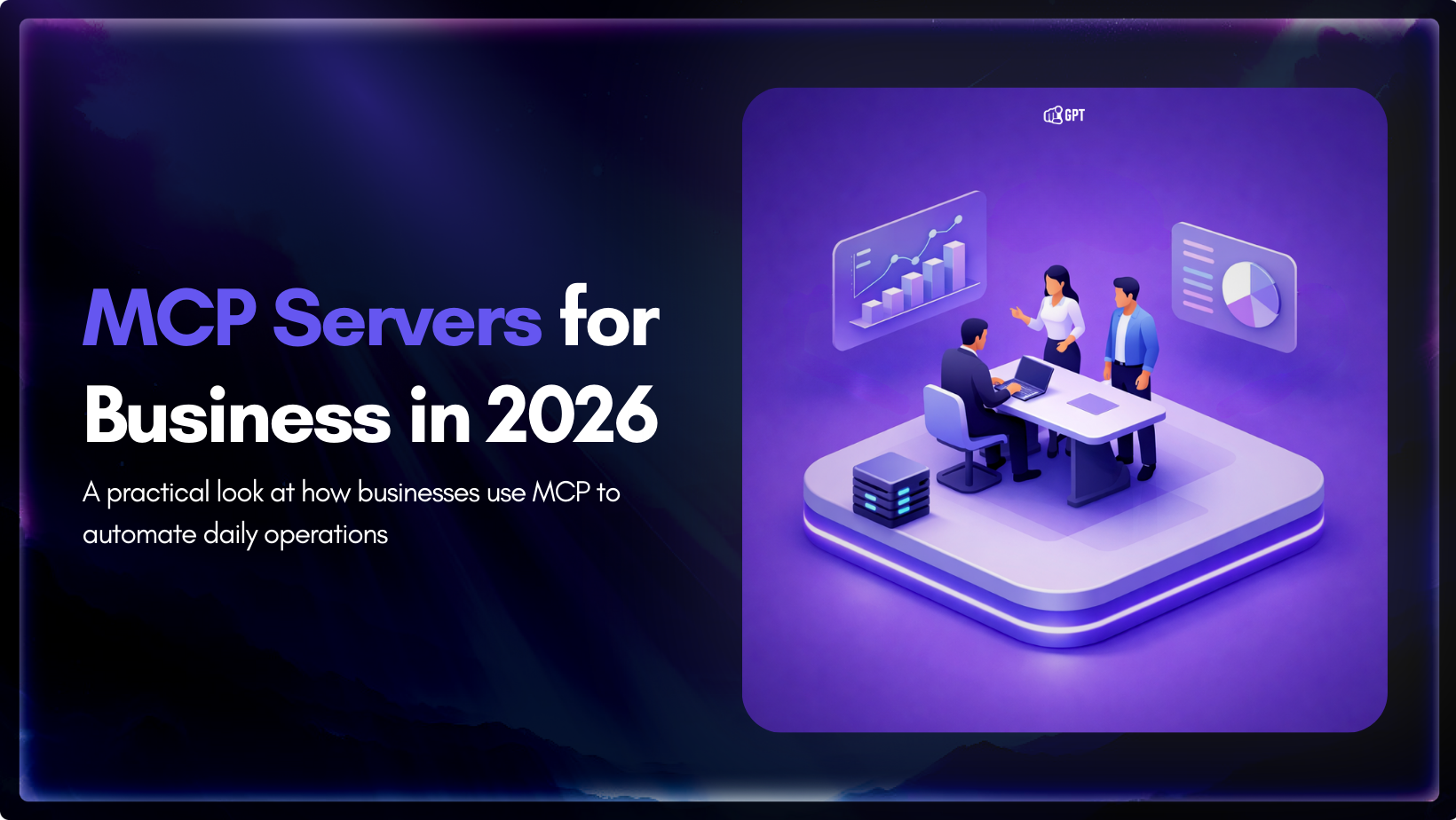
Growth-focused teams move faster when their tools work together instead of competing for attention. Modern development depends on multiple systems to ship code, review changes, monitor services, and access data. Each system serves a purpose, but routine work often means moving between dashboards, scripts, and internal tools. These small transitions shape how consistently a team […]

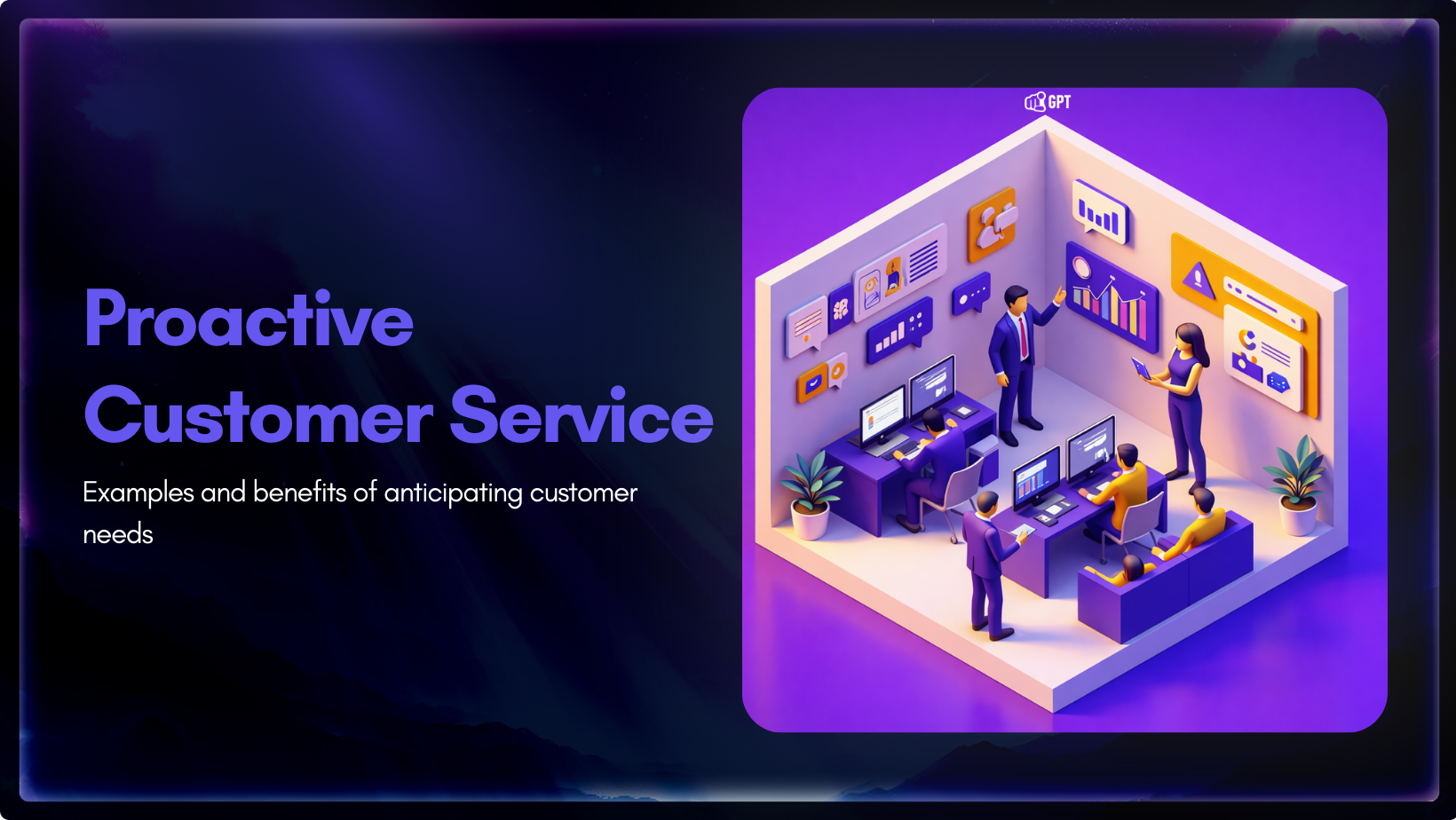
Most customer service moments begin long before a ticket is created. Something feels off. A payment does not go through. A delivery update stops moving. A user gets stuck at the same step and tries again. Customers usually pause, check, retry, and wait before they decide to ask for help. Proactive customer service works inside […]

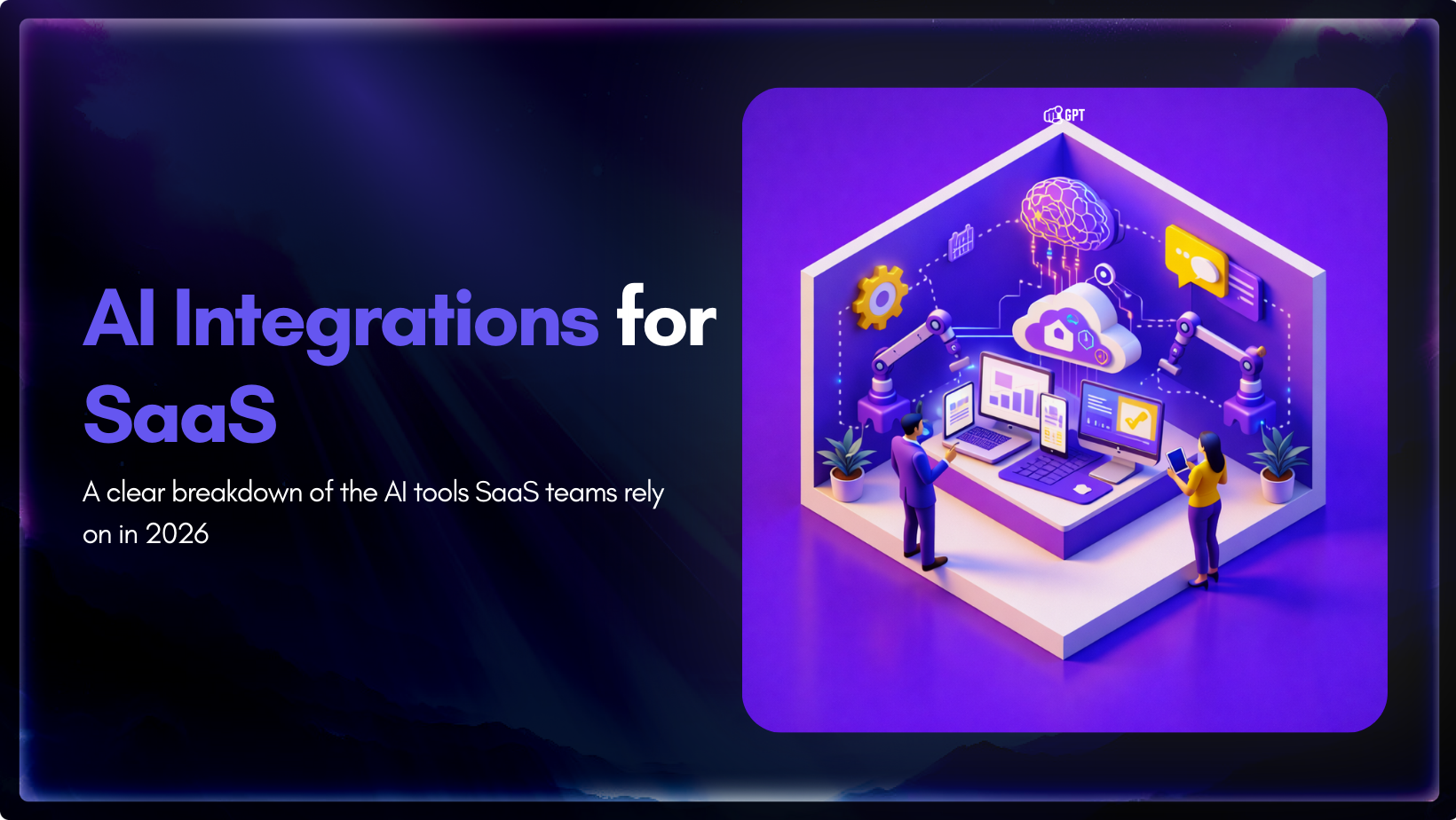
AI has become a core part of how modern SaaS products are built and delivered. In 2026, customers expect intelligent assistance to be available throughout their journey, from onboarding and everyday product usage to support and account management. Inside SaaS teams, AI is increasingly used to speed up workflows, reduce repetitive tasks, and improve how […]

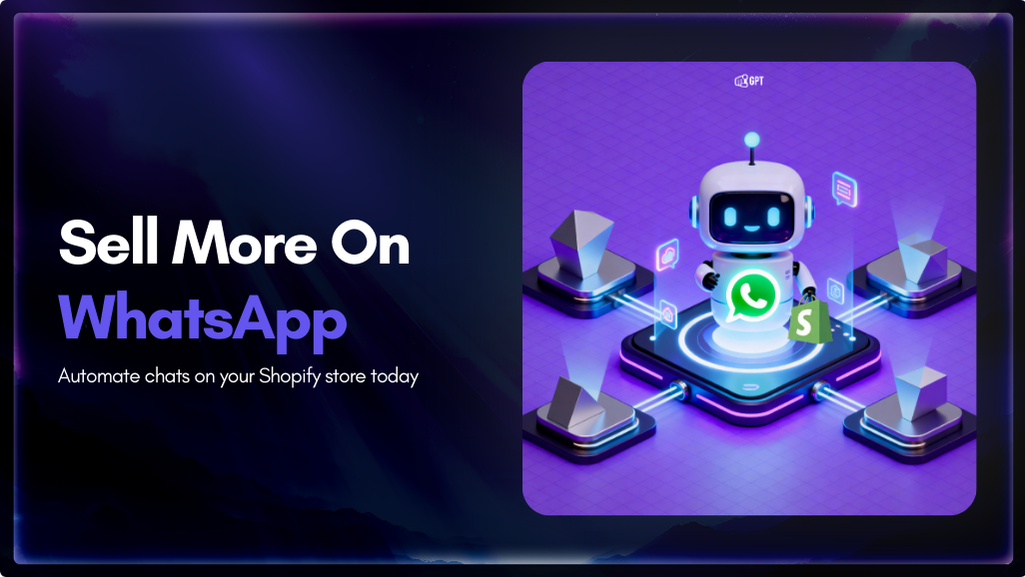
Shopify stores often use a chatbot on their website to handle product questions, order updates, and support. But customers also message on WhatsApp expecting the same quick answers. Most of them already use WhatsApp throughout the day, so reaching out there feels natural. A chatbot that works across both channels responds in seconds, guides purchase […]

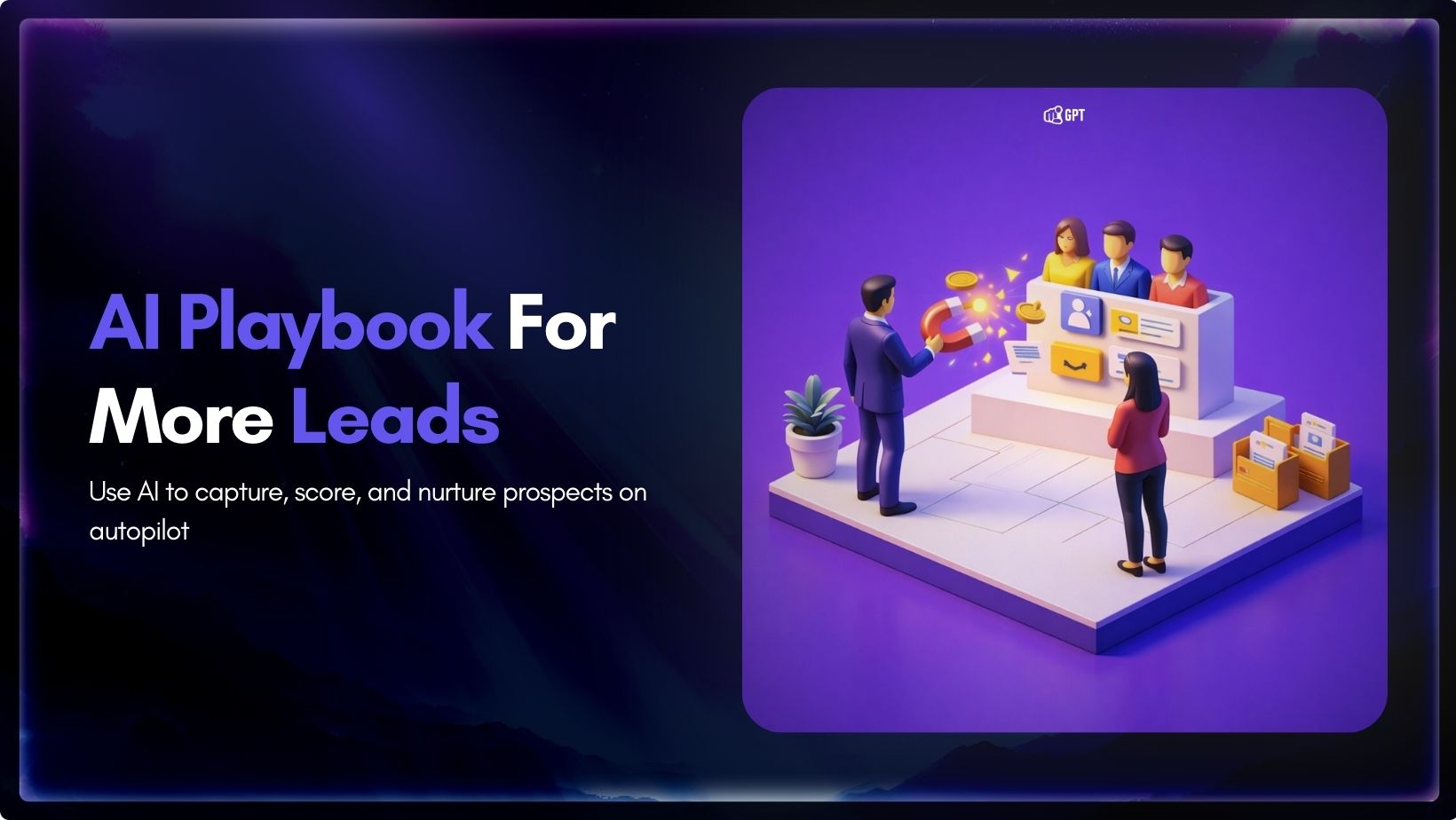
Most businesses do not struggle to generate leads. They struggle to know which ones are worth acting on. Forms get filled, DMs arrive, emails are opened, and chats happen across multiple tools. Some prospects convert. Most do not. The real problem is that there is no reliable way to tell, early enough, which signals actually […]

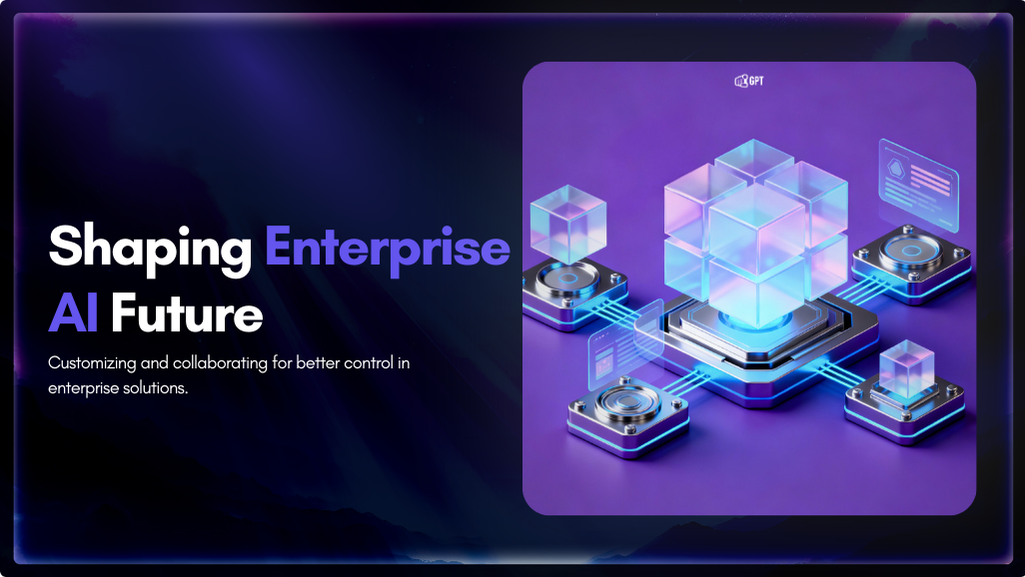
Artificial Intelligence has advanced quickly over the past five years, moving from an experiment to a standard component of modern business. AI has become a central part of enterprise strategy. 88% of organizations are now using AI. This figure has increased from 78% the year before. This transformation is reshaping how companies run, communicate, and […]
